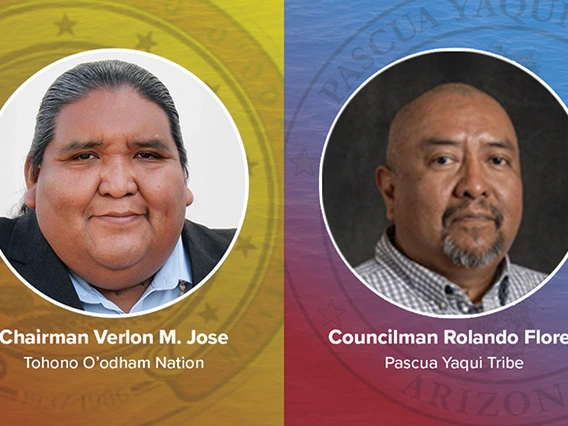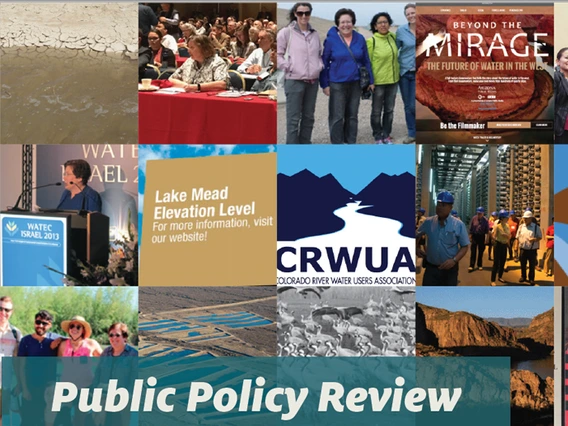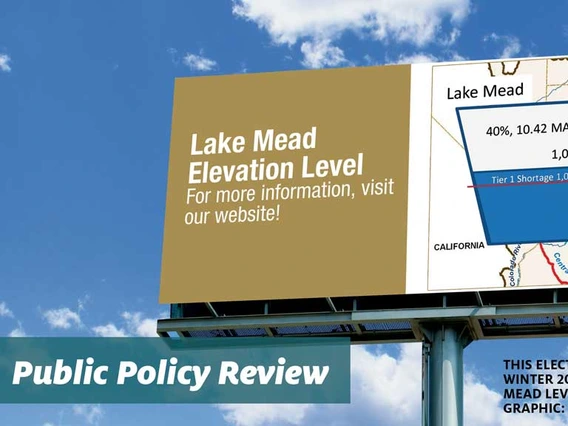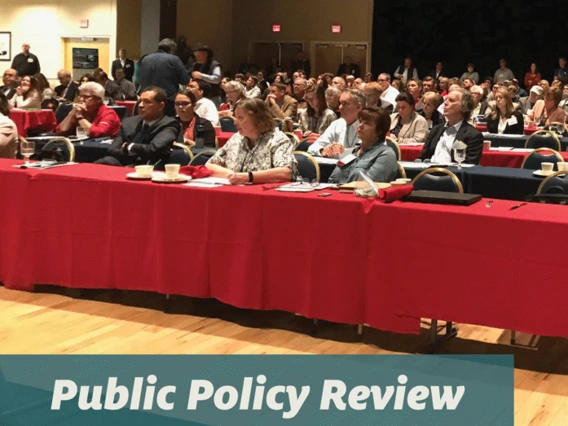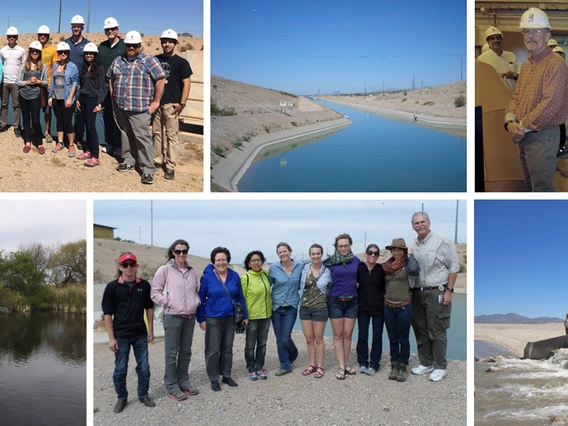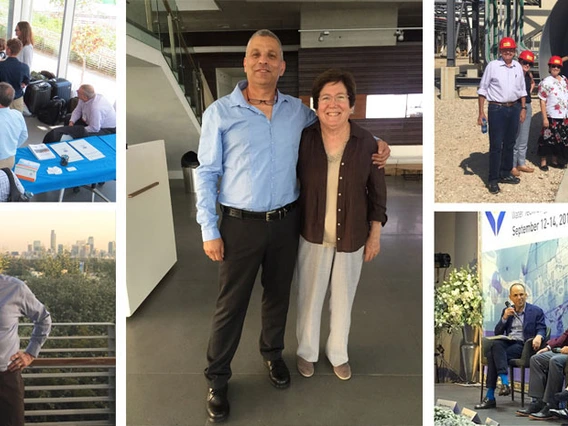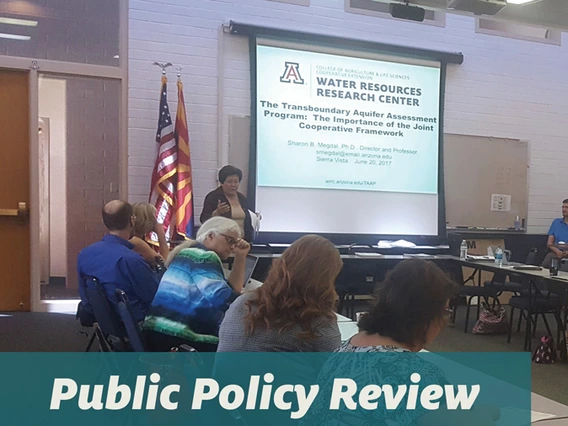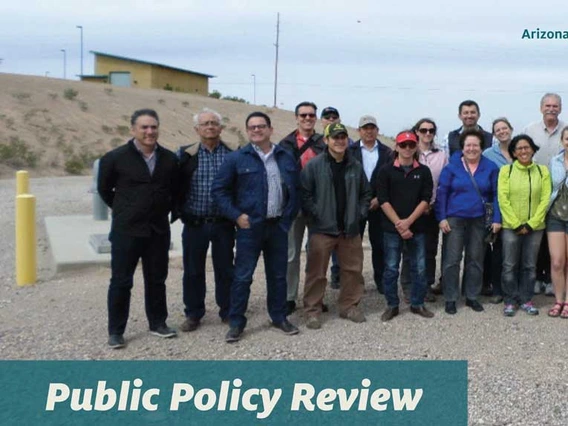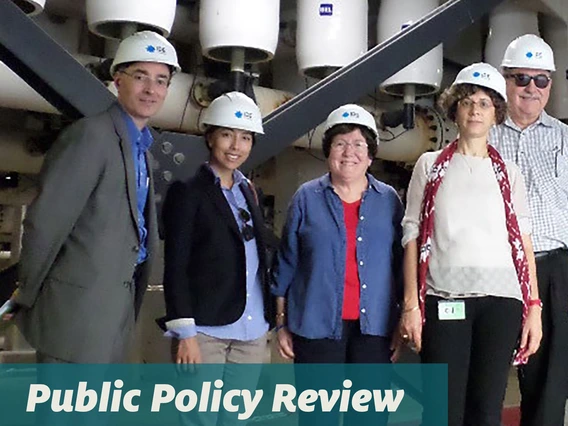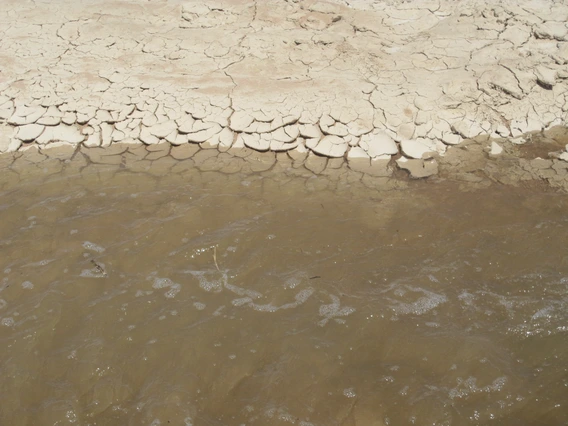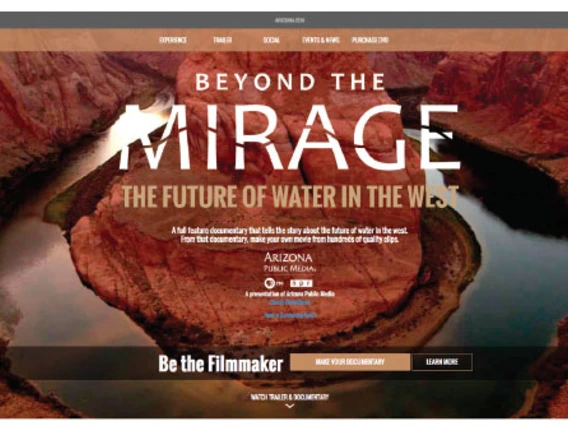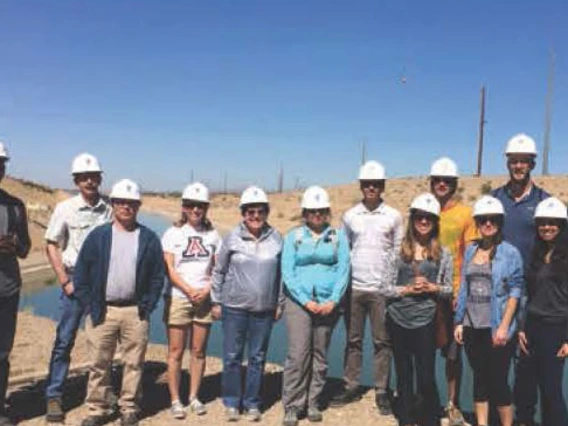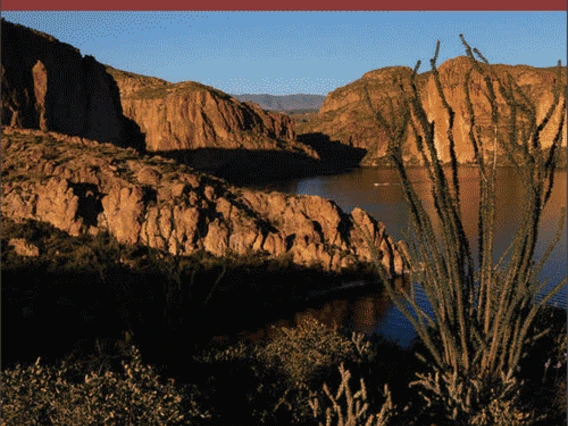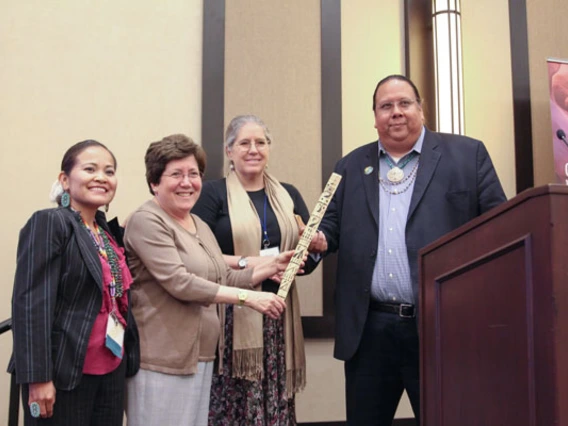WRRC Director Sharon B. Megdal has contributed to every issue of the WRRC’s Arizona Water Resource newsletter since 2002 with a timely, informative and inspiring public policy column. She has written on topics ranging across the water policy spectrum, from economics and water pricing to governance and citizen participation, conjunctive water management to stream restoration, local water planning to shared international challenges and solutions. With the final issue of Arizona Water Resource in October 2018, the WRRC has produced a complete collection of her columns, many of which have remained relevant over time.


